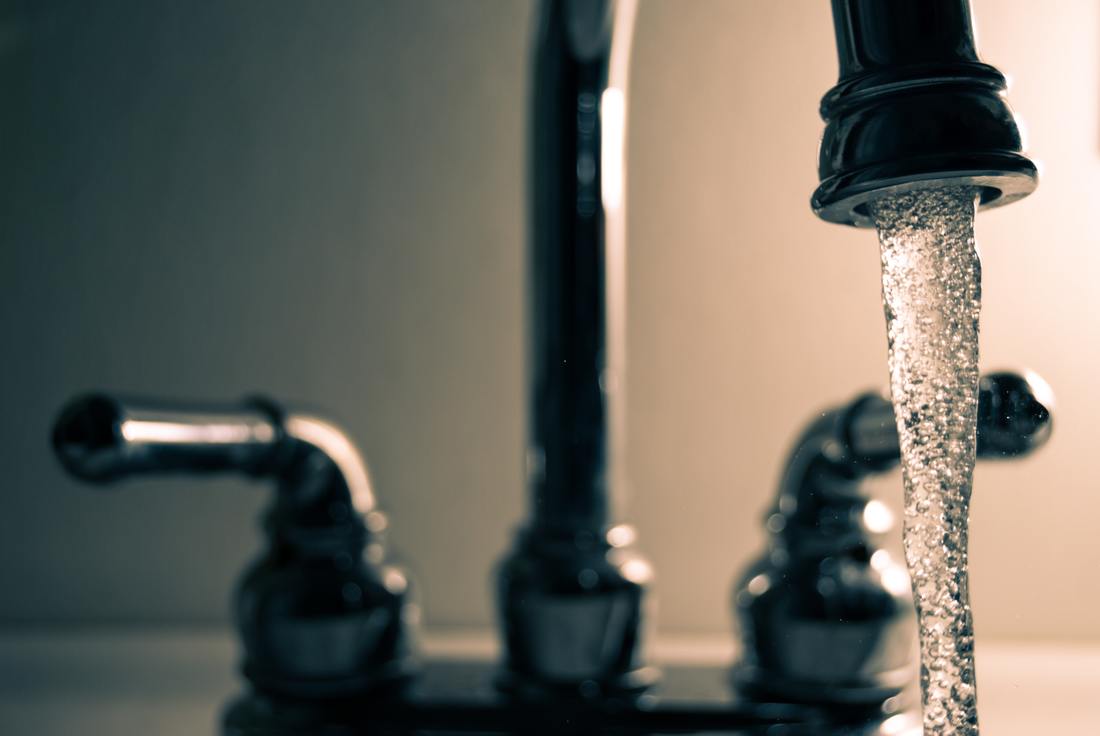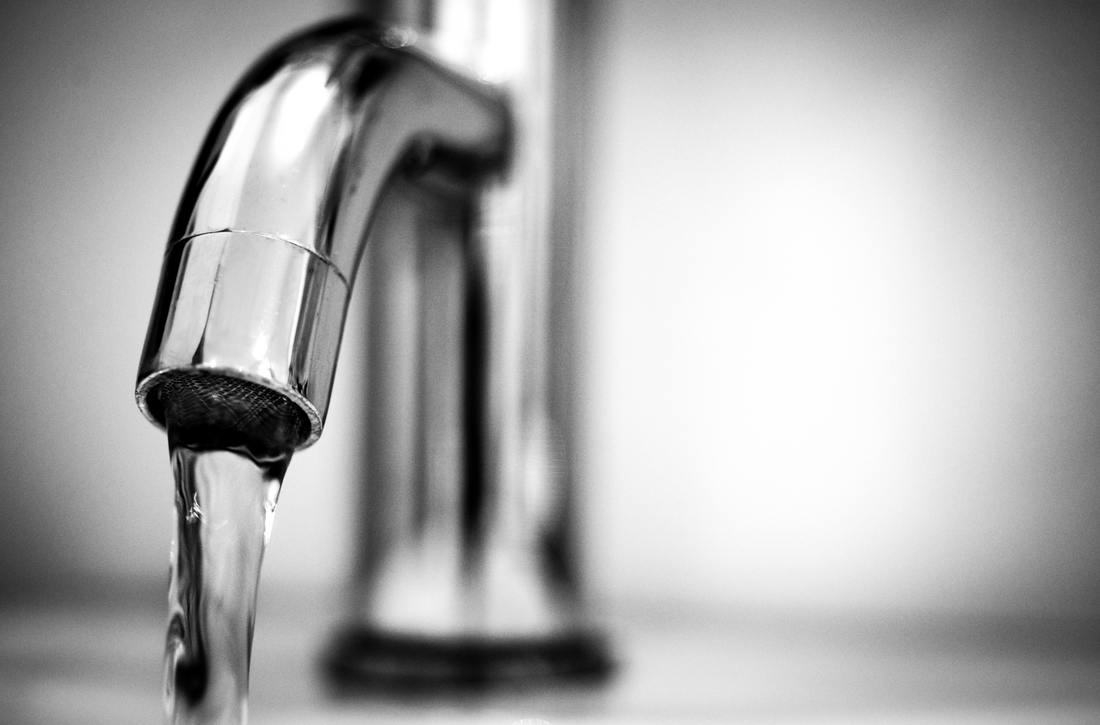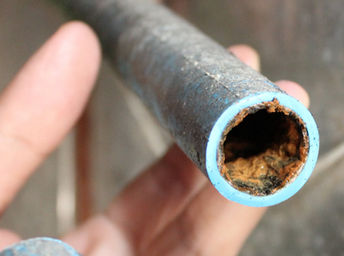All properties rented out either privately or through a managing agent now require a
LRA (Legionella Risk Assessment)to identify any potential risks to the tenants and
identify any areas in which the property may need to be adapted to reduce the risk
and ensure your tenant’s safety whilst renting the property.
What is Legionella and Legionaire’s
Legionella are bacteria that are common in natural (rivers and lakes etc) and artificial water systems, eg hot and cold water systems (storage tanks, pipework, taps and showers). Legionnaires' disease is a potentially fatal form of pneumonia caused by the legionella bacteria. It can affect anybody, but some people are at higher risk than others.
|
What do I have to do to comply with the law?
|
Legionella bacteria exists in water systems, ventilation, air conditioning, air processing systems and storage tanks in residential properties, and can then be spread, eg in spray from showers and taps. You must carry out a risk assessment to identify and assess potential sources of exposure and introduce a course of action to prevent or control any risk you have identified.
|
Assessing the risk
|
The risk needs to be assessed however no water testing should take place as the assessment is not to testforthe presence of legionella;it is to merely find out the risk of it being present.
What should you do if you decide the risks are insignificant? Review the assessment periodically. What should you do if we identify risks? Introduce proper controls, which could include disinfection of the system -¬you will need to refer to the ACOP for guidance on the action you should take. As the design, maintenance and operation of the system are crucial in controlling the growth of legionella, any action you take is likely to include the following:
|




